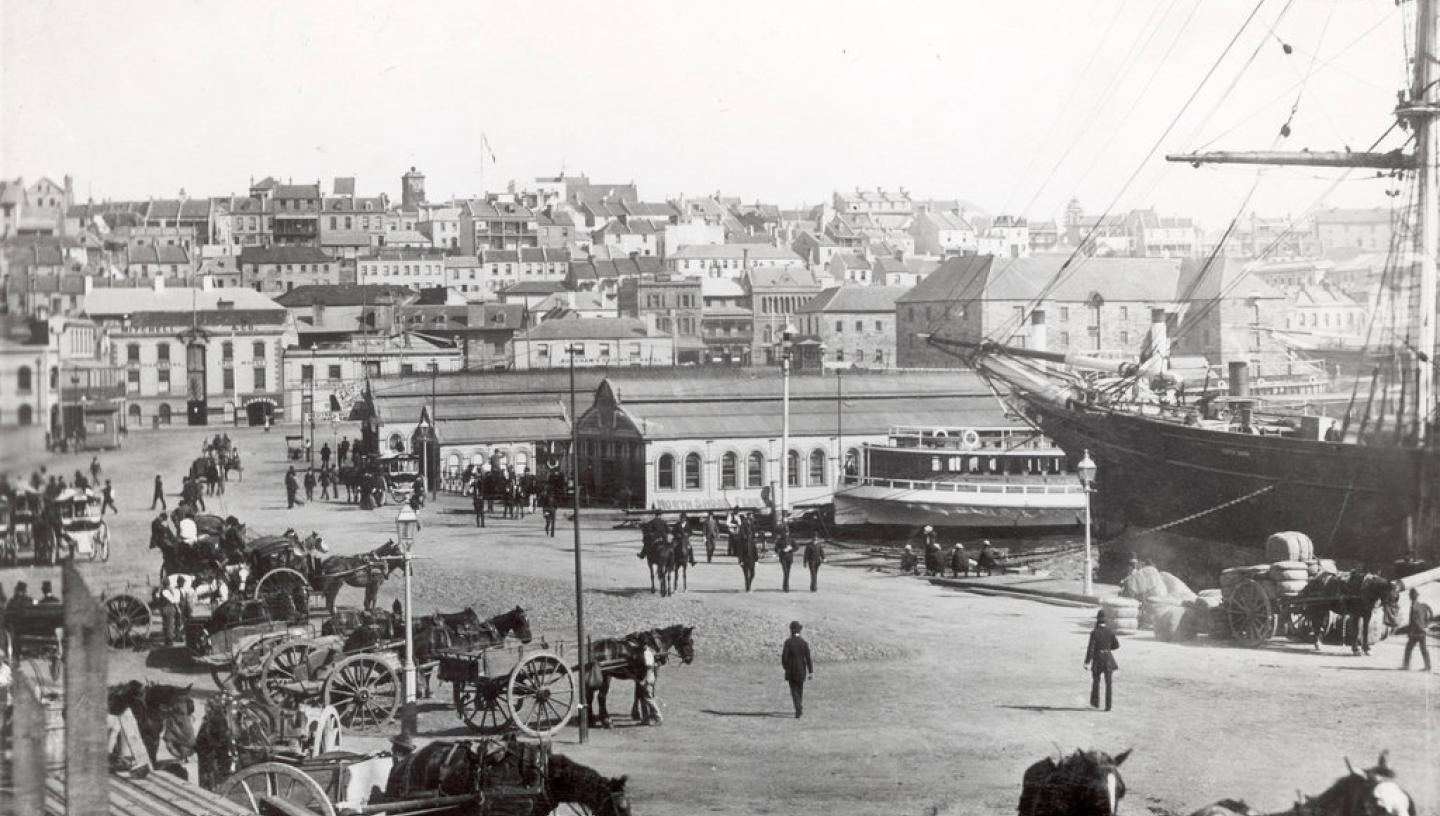
Did you know Cutty Sark didn’t only sail to China to pick up tea?
From 1883-1895, Cutty Sark completed her most successful years as a cargo ship - transporting wool from Australia.
Cutty Sark would transport more than 45,000 bales of wool in its career – that is a lot of woolly jumpers!
But the route from England to Australia was a dangerous one as it passed Cape Horn.
Although it offered captains the fastest way to travel round the world, it also carried the greatest risks. There were fierce winds, huge waves and even icebergs.
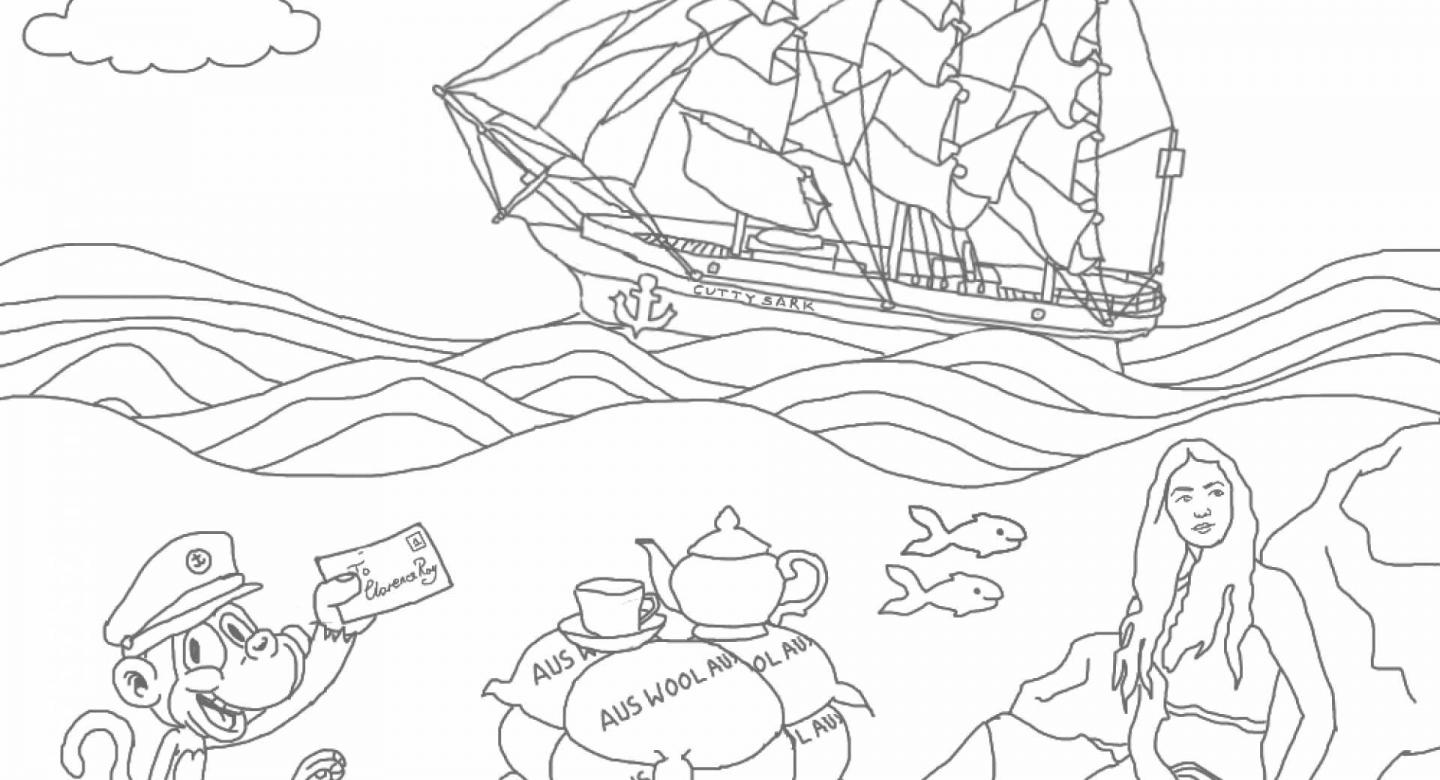
You have been carefully selected as the new apprentice(s) on board one of the fastest tea clipper ships in the world – the Cutty Sark!
You are about to embark on a journey to Australia to pick up some wool.
This won’t be an easy journey, you’ll definitely have some challenges to overcome on the way. Make sure you read all the steps before you start.
You will need
The most important thing you need is your imagination, but here is a list of some other things you might find useful:
Paper and pens/ pencils for creating a map and a journal
Thick string/ rope/ wool/ long scarf for tying knots
If you have time, have a look at the kit list for some fun activities.
Kit list
- Signal flags – make sure you have a way to communicate! Use our signal flag help sheet to practice – make sure you’ve packed some paper and pencils so you can raise a distress flag if you need!
- Musical instrument – Although sailor work is tough, there will be some time for relaxing. Sailors liked to play music on instruments brought from home.
- Journal – to record your adventure.
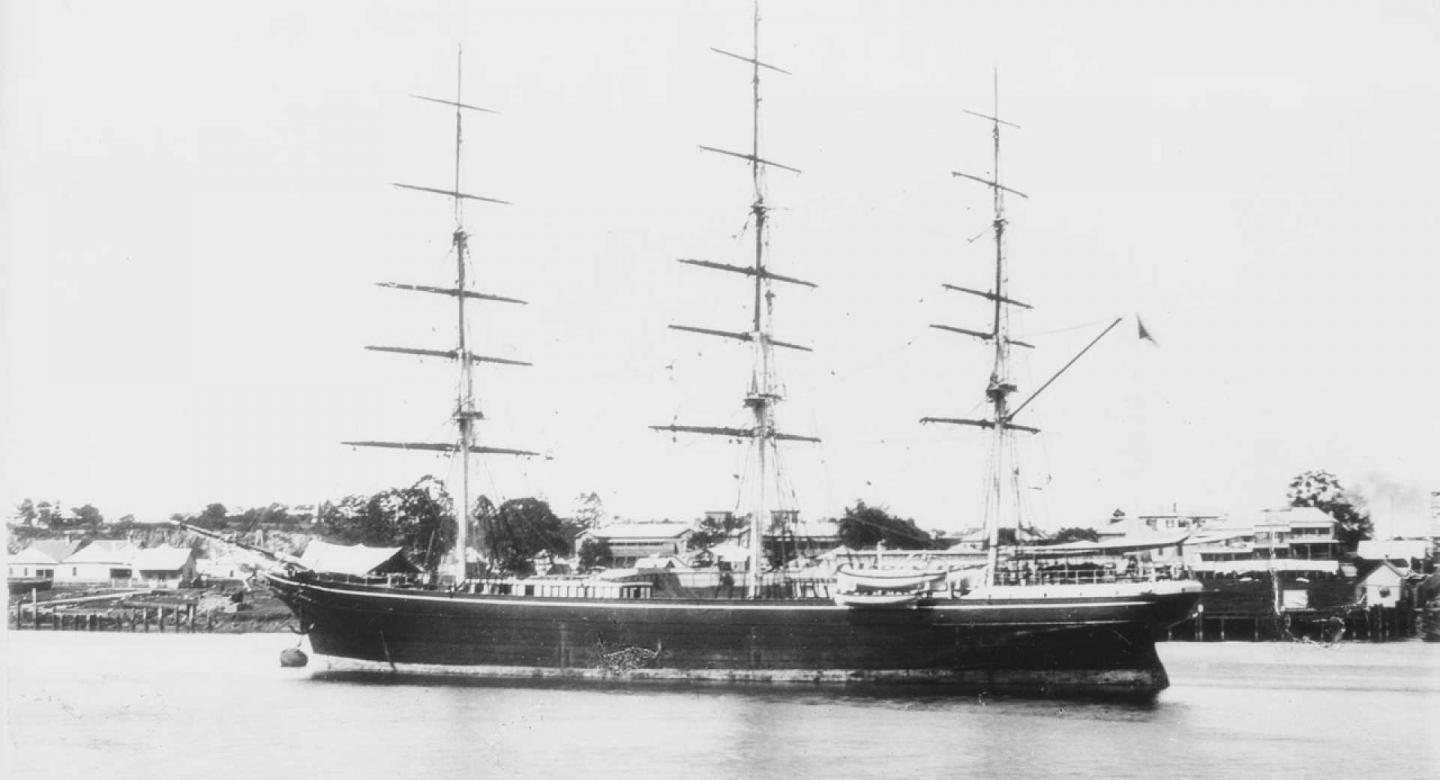
Mission 1 – make your ship
Cutty Sark’s design is one of the reasons the ship was so fast. Look at this image of the Cutty Sark. The three key features are the long narrow hull, a sharp bow which cuts through the waves rather than riding atop, and three raking masts. Now look around the space you are in. What can you use to make your ship? Perhaps a long sofa or a bed?
- Have you got a figurehead?
- Wheel to steer
- Make sure there’s plenty of space for all of your cargo
- Have you got your anchor? This will need to be the heaviest thing you can carry!
- A rudder to help steer the ship
- Big sails to catch the wind and three tall masts. (have you got sheets? Or a scarf or coat?)
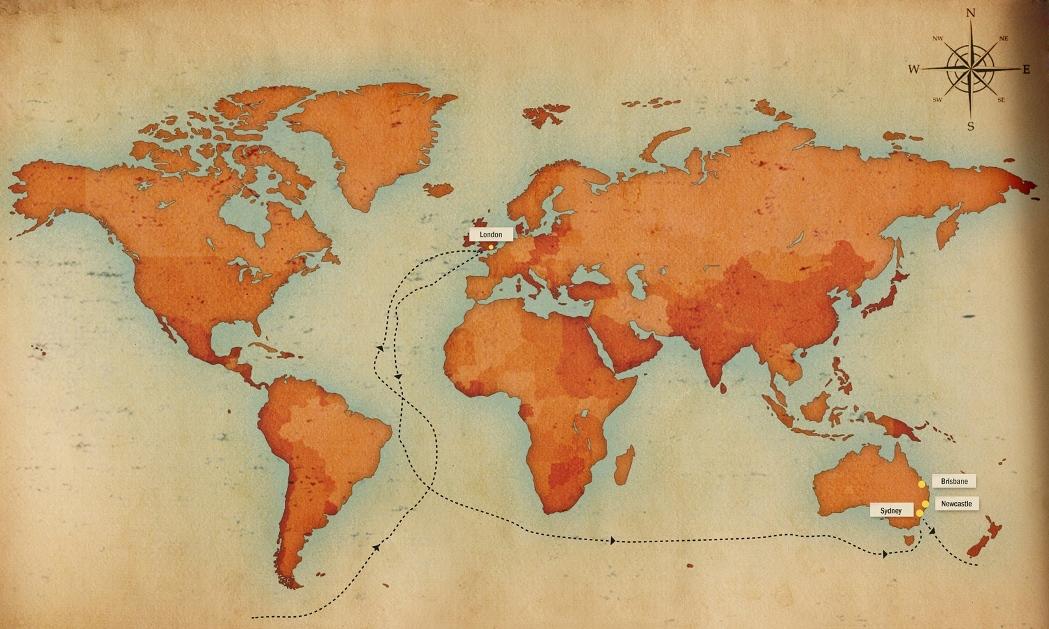
Mission 2 – plan your route
Now you have made your vessel, it is time to plan your route. Your house and garden/ park/ room (wherever you are right now!) is your new ocean, and we have a long way to go before we get to Australia. Plot these stop off points on your map so we know where we are going.
- Equator – hot and sunny
- Cape of good hope – high winds and shallow waters
- Cape Horn - Ice zone – beware icebergs!
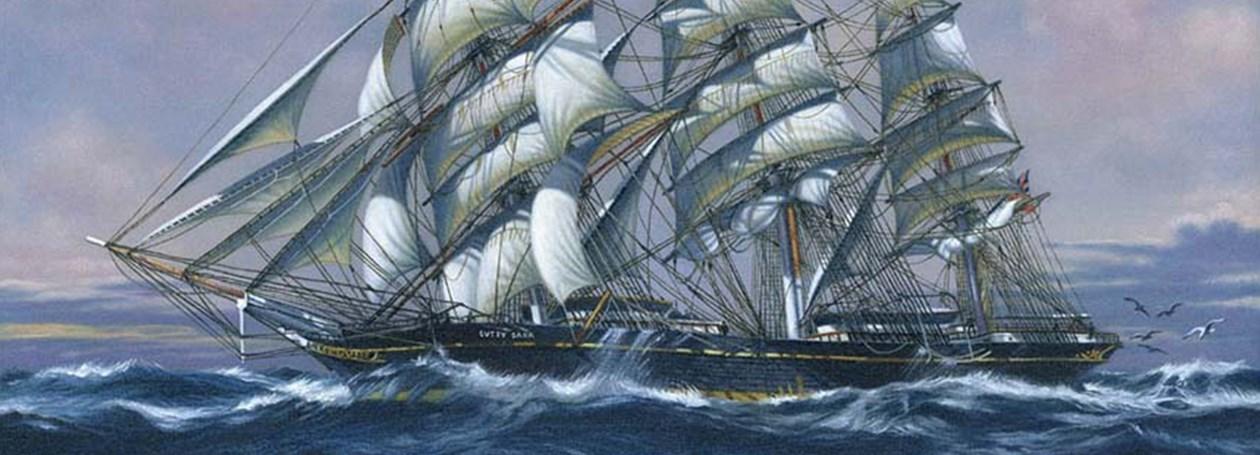
Mission 3 – and we’re off! First, we need to cross the equator
At the equator it is very hot and sunny, so we need to adjust the sails to catch some wind.
- To secure the sails you need to tie some knots. Follow these instructions:
- Bowline
- Sheet bend
- Round turn and two half hitches
- Sailing near the equator could mean long days with not much to do. Now would be the perfect time to make up a sea shanty with your musical instrument!
- Record what you did in your logbook and how you felt in your travel journal.
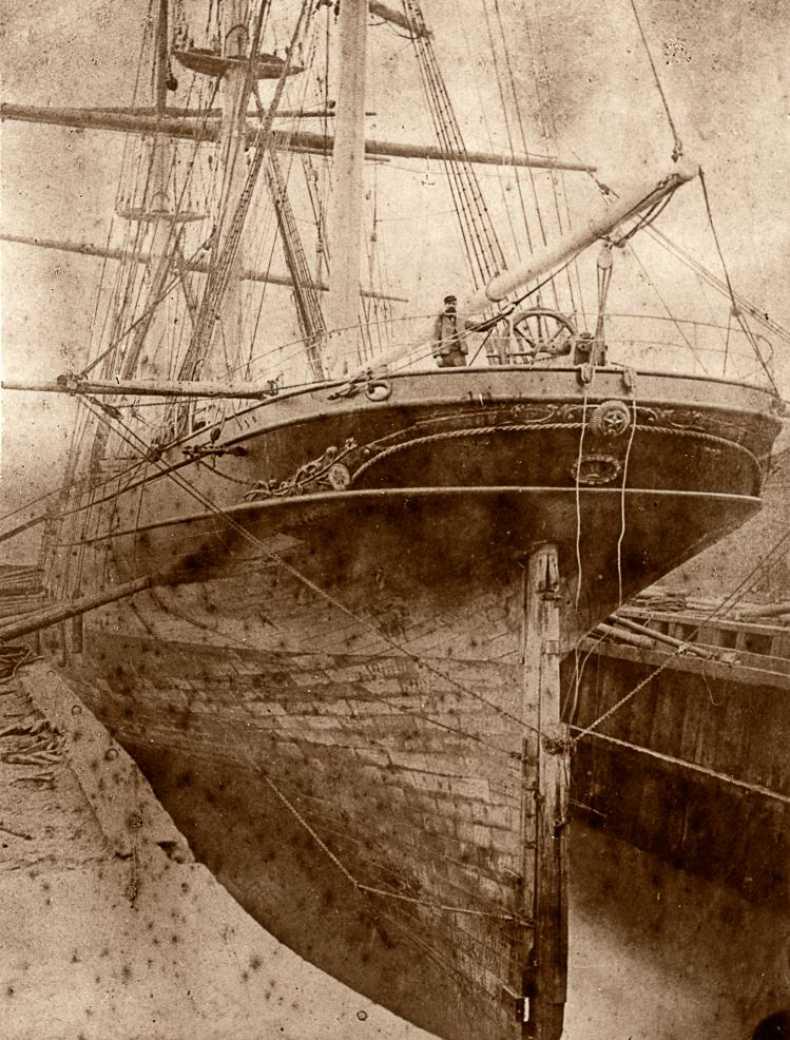
Mission 4 – Cape of Good Hope, the Roaring 40s
Cape of Good Hope is an infamous location for most sailors. There are high winds and shallow waters, which are not good conditions for a ship as large as the Cutty Sark!
- Disaster strikes! A very important bit of equipment has broken – the rudder - and you need to fix it – but the challenge is… you can only use what’s already on your ship!
- Make a note in your journal of how you fixed it.

Mission 5 – We have arrived!
- Time to pack your cargo.
- Remember, we need to pack it evenly so that the ship doesn’t tip over. Record how much you picked up in your logbook.
- We have a few moments to hop off ship and explore – draw what you can see around you to put in your travel journal. This is a land that you’ve probably never seen before. What do the flowers look like? The houses? The animals?

Mission 6 – recruit a sailor
Sometimes, cargo ships would lose sailors once they had reached their destination and would have to recruit new sailors to help them with their return journey.
- We need one more sailor to help us back to England. Can you create an advert like the one above? Can you remember where we are and where we are travelling to?
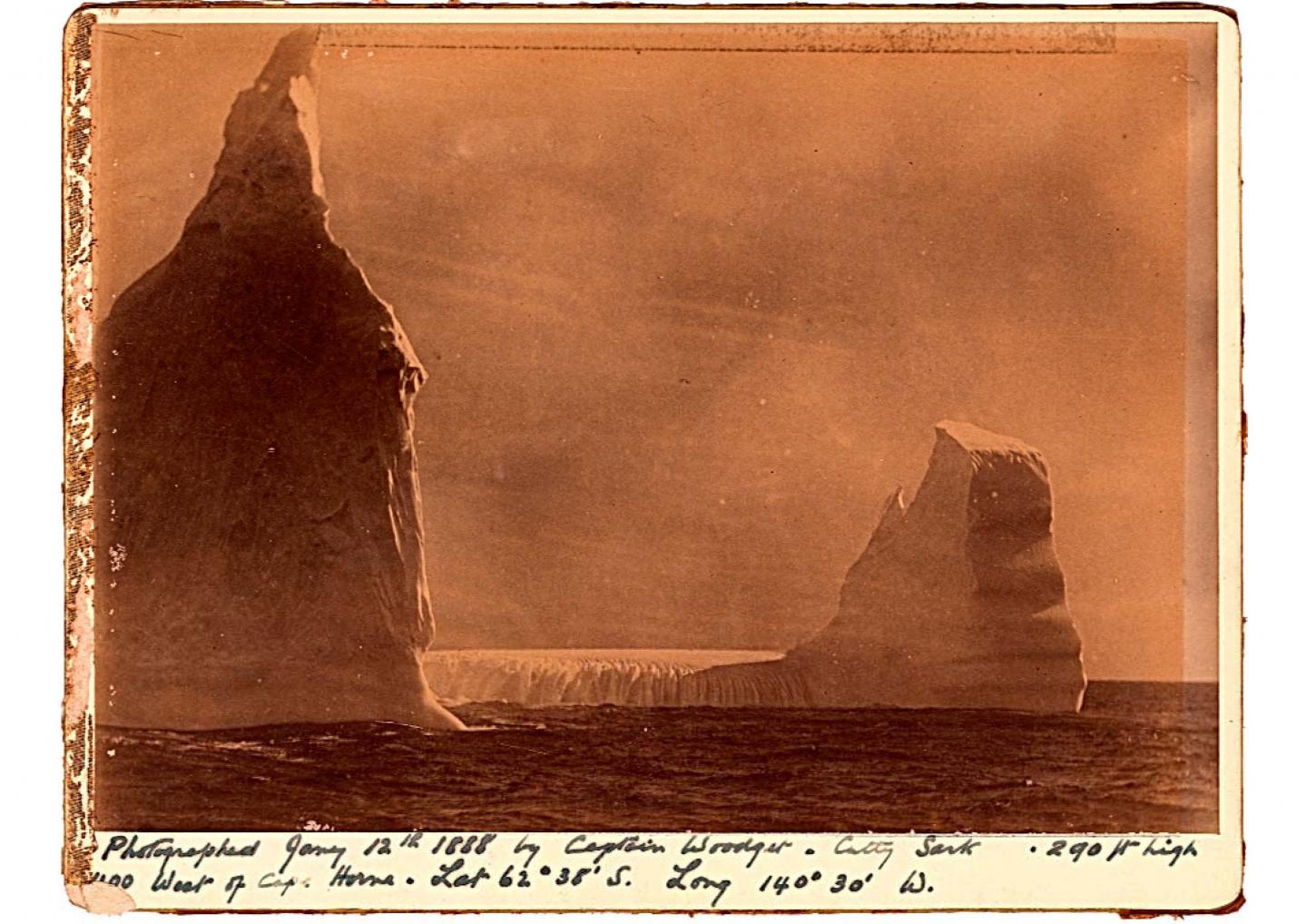
Mission 7 – Cape Horn, the Ice Zone
Cape Horn was another infamous location for sailors in the 19th Century. It was very close the the Antarctic and so icebergs were often spotted! That along, with the high winds, was a deadly combination for sailing ships.
- We need to watch out for icebergs
- Captain Woodget would take pictures of any icebergs he passed (did you know he was an amateur photographer?)
- Draw a picture of the icebergs you can see from your ship to stick in your travel journal
- Now would be a good time to put your signal flags to use. If you have done this activity, try creating a few messages.
Mission 8 – A good sailor always leaves their ship in ship shape condition…
Time to tidy! Make sure everything goes back where it came from and you leave your ocean looking clean and tidy.